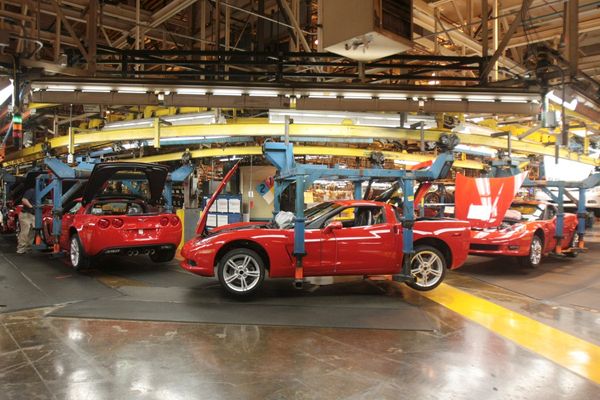Offshore farms, dotted around the coast in waters where the wind never stops blowing, could one day power the nation's homes and industry.
Each would have the capacity to replace a coal-fired power plant, slashing the carbon footprint of Australia's greatest source of emissions - the generation of electricity.
The offshore wind industry, well established in Europe but new to Australia, also depends on deepwater ports that can receive components and serve as assembly points for the massive towers, turbines and blades.
However, Australia has no such port infrastructure at the ready.
The Port of Hastings was on track to be the springboard of the new clean energy source - until a shock veto by the federal government on environmental grounds.
Close to the most advanced offshore wind development off the coast of Victoria, the Star of the South, the port was the state government's preferred site.

Although the opposition has accused the state and federal governments of having "no Plan B", more than one port was expected to be needed for the construction phase.
The project leaders are unfazed, despite ports playing a critical role in the delivery of offshore wind from 2030 on.
"We'll need to use a range of ports to construct and operate Star of the South," CEO Charles Rattray told AAP.
"Typically, offshore wind projects around the world are delivered through multiple ports and Port of Hastings is one option we've been looking at, along with Geelong Port and the Port of Bell Bay," he said.
He said the company would continue to work with a range of ports and all levels of government as they plan for first wind.
"Barry Beach Marine Terminal and Port Anthony are both being considered to host the project's Gippsland Operations Base," he said.
"This is where workers managing day-to-day wind farm construction and operations activities would be based."







